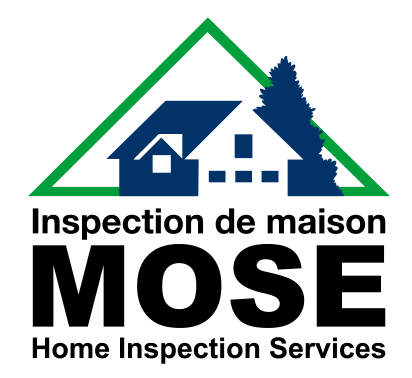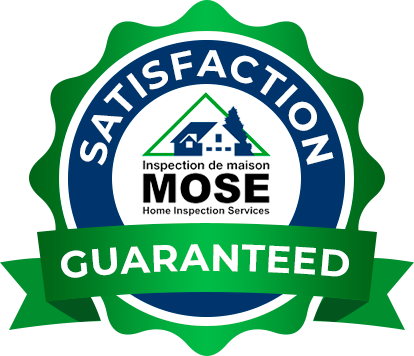Best Time to Test for Radon? First Snowfall. Here’s Why.
Each year, more than 3,000 Canadians die from lung cancer caused by radon—the second most dangerous cause of lung cancer after smoking.
Radon comes from uranium, a natural element found in the ground. When uranium breaks down, a radioactive gas is released, called radon. You can’t see it, smell it or taste it, but it’s there and it has always been there.
If radon is under your house, the gas might be seeping through to your home and harming your family. Over the tiny radioactive particles could get into your family’s lungs, and when they release energy, these particles damage lung cells.
Most homes have some level of radon in them, but Health Canada estimates that 6.9 per cent of Canadians are living in homes with radon levels above the current Canadian acceptable limit of 200 becquerels per cubic metre (Bq/m3).
The best time to test is now – in winter.
Why?
Actually, waiting until the first snowfall is even better. Since radon seeps through cracks and openings in your home’s foundation, windows, pipes floor drains or by way of the sump pump, winter is the most likely time it will accumulate in your home.
As the area surrounding your house becomes well sealed in a blanket of snow and ice, the area under your home remains thawed, and radon gas looks for the path with the least resistance to emit from the ground.
Radon finds its way into homes through a variety of access points:
- cracks in the basement
- cracks in floors or walls
- water supply pipes
- groundwater and well water
- openings around electrical access points
- basement floor drains.
Testing for Radon
Radon testing is not part of a standard home inspection; therefore, your home may not have been tested when you bought it. Mose Home Inspection Services will do a radon test upon request, and sometimes, will suggest one.
Cost of Testing for Radon
While there are tests available at your local hardware store that you can perform on your own, and send away to a lab for testing, Mose Home Inspection services has special equipment that tests radon over time, taking a reading on an hourly basis in order to provide a profile of the testing period, because there is bound to be fluctuation over the testing time. These results tend to give the homeowner an accurate reading.
Radon Mitigation
Radon is common in Canada. If the home you bought or are about to buy has radon, you can take action. There are many ways to lower the radon levels in a home. Sealing cracks, gaps and holes in the basement floor are a good start. Adding a ventilation system that draws air out from under the basement and vents it to the exterior of the home is one of the most effective ways to deal with radon.
Finding a contractor to deal with radon
According to recommendations by the Radiation Protection Bureau, Health Canada and the Canada Mortgage and Housing Corporation, many of the techniques used to reduce radon on a long-term basis require the services of a professional contractor, as radon is a relatively new issue. There are not many contractors in most regions of Canada with experience in radon reduction methods. Make sure to inquire whether the contractor has received any special training on radon and radon reduction techniques.
For more information on radon, see: http://www.takeactiononradon.ca/
You can also call Mose Home Inspection Services, and request to talk to an inspector about radon testing.

